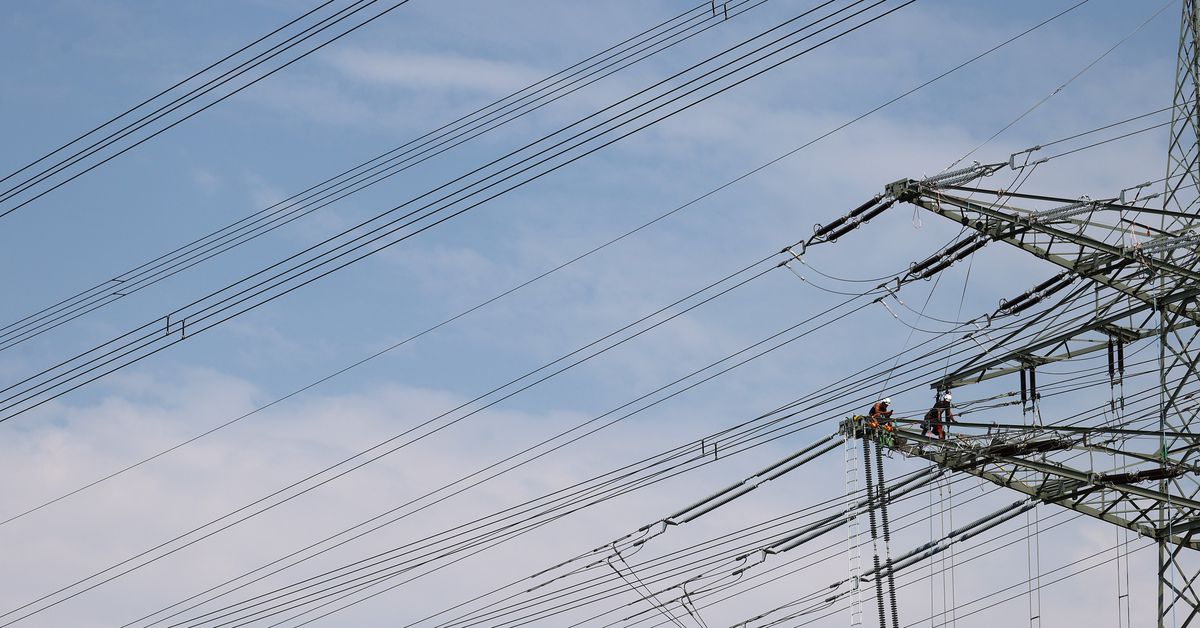Grid operator Amprion says power supply gaps can be plugged

Summary
Summary Companies Power grid firm works with peers to improve networks
Does not share market’s concern over supply security
Says working with government, regulator on relevant tasks
FRANKFURT, Jan 18 (Reuters) – German high-voltage grid operator Amprion on Tuesday said it was not too late to build enough gas-to-power plants to help Germany manage its transition towards renewables and plug supply gaps after nuclear and coal plants are switched off.
Amprion, one of the country’s four transmission grid firms (TSO) in which utility RWE (RWEG.DE) holds a 25% stake, said claims by some in the industry that up to 40 gigawatts (GW) of gas-fired plants were required up to 2030 were exaggerated.
“Our scenarios framework for network planning up to 2037 envisages the addition of 12 GW (of gas plants),” Amprion Chief Executive Hans-Juergen Brick told Reuters during the annual Handelsblatt energy summit. “There is enough time.”
Register now for FREE unlimited access to Reuters.com Register
E.ON (EONGn.DE) CEO Leonhard Birnbaum had earlier said Europe’s sustainable finance taxonomy plans, which set tough carbon emissions limits on investments including gas-fired generation, threatened new gas capacity. read more
This could restrict power supplies to industry and thus the overall competitiveness of the world’s fourth largest economy, he said.
Power cannot be stored to any great extent and renewable output is ruled by the weather.
Brick said an ongoing process by Amprion and its three peers 50Hertz (ELI.BR), TenneT and TransnetBW (EBKG.DE), to ensure the performance of the grids in the face of intermittent renewables was working.
“As TSOs, we are tackling high volatilities very successfully,” he said.
Germany needs to obtain 80% of its 2030 power output from renewable energy sources as part of its goal to cut CO2 emissions by 65% compared with 1990 levels by that date.
As an example for the TSO’s capabilities, Brick said peak demand was about 80 GW. Last February, the grid ensured enough power even when wind and solar offered only 342 megawatts (MW) of capacity. Two months later in April, wind and solar supplied 74 GW.
Artificial intelligence has helped to forecast renewables reliably and grid boosting and demand-management tools are also being used.
But challenges included red tape and citizens’ opposition to new infrastructure, he said.
Register now for FREE unlimited access to Reuters.com Register
Reporting by Vera Eckert, Tom Kaeckenhoff and Christoph Steitz; editing by Barbara Lewis
Our Standards: The Thomson Reuters Trust Principles.






